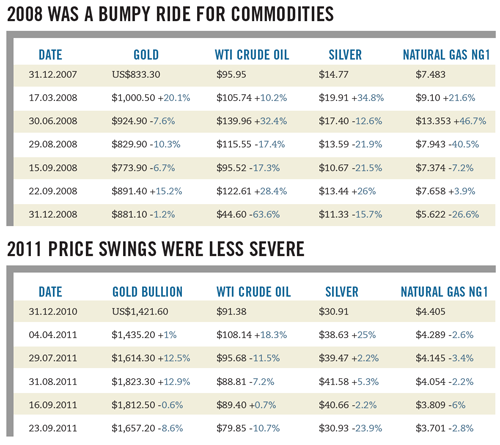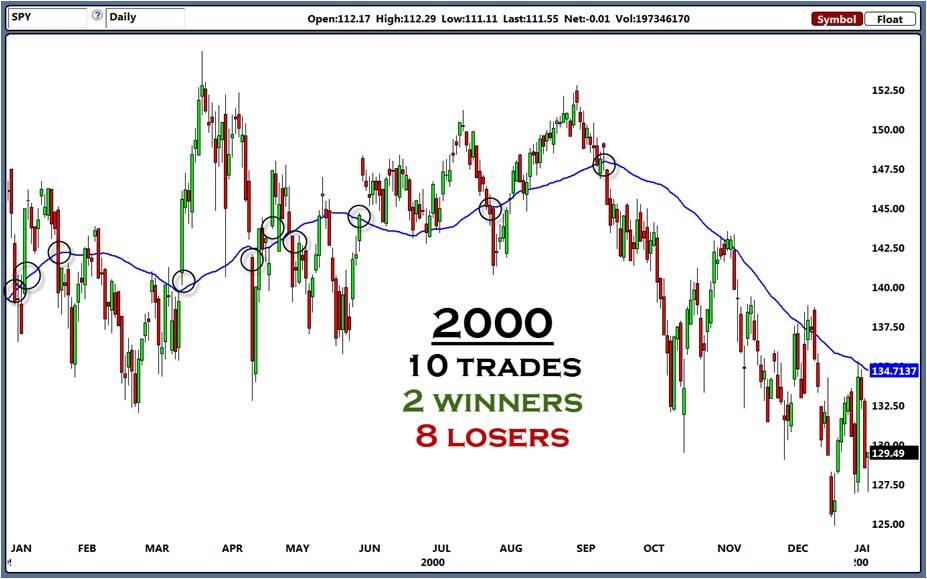An indepth look at ETFs part 2
Post on: 9 Апрель, 2015 No Comment

OBJECTIVE
“An in-depth look at ETFs, Part 2” is eligible for CE credits, see Accreditation details for more information
The questions for this course were written by Mark Yamada, President & CEO of PŮR Investing Inc., a registered portfolio management and software development firm specializing in disruptive strategies for investors, their advisors and pension plans.
PART 1: Look under the hood
Swap-based ETFs offer price and performance advantages—for a price
By Scot Blythe
There are currently two swap-based ETFs in Canada. In Europe, they represent about 50% of ETF assets, according to Howard Atkinson, CEO of Horizons Exchange Traded Funds, which created the two Canadian ETFs.
Most Canadian ETFs hold the underlying shares of an index. With large-cap indexes, they hold shares in all constituent companies. In illiquid markets, the ETF may hold a sample of the constituents.
Swap-based ETFs provide a way around this latter constraint. Exposure to the constituents of an index is synthetic, obtained by means of a futures contract or a customized derivative—namely, a swap. And swaps even have advantages in more liquid markets.
Savvas Pallaris, an independent capital markets researcher who wrote a report on swap-based ETFs, notes 75% of passive institutional exposure to the S&P/TSX 60 is through synthetic rather than cash replication. This changes the cost structure, performance and risk profile of the ETF.
Swap-based ETFs are cheaper because they don’t have to trade the underlying shares. Instead, a bank delivers the total return value of an index to the ETF, for a price. That price is low for two reasons (see “Two reasons why costs are lower”).
Two reasons why costs are lower
The structure of a swap. The ETF isn’t investing all its capital in the underlying stocks. Instead, it posts collateral, and that collateral earns a return— likely the going interest rate. The ETF exchanges or swaps the return it earns with a bank. The bank delivers a floating return, one that depends not on current interest rates, but on the difference in the total return of a stock index from one period to the next. It could be positive or negative. (It’s sort of like swapping the returns it could earn from a fixed-rate mortgage with the returns it could earn from a variable-rate mortgage.) Here, the bank benefits from a lower cost of funds compared to what the ETF provider has to pay for the swap. It can borrow at the interbank rate, rather than interbank plus 100 basis points, so it has a cushion of cash that can be used elsewhere to earn profits.
Economies of scale. The bank also manages similar portfolios for other investors and also trades in the same securities for its own account. That reduces its cost of hedging. It has inventory. And it has taxable returns that can be reduced. These, in turn, reduce the cost of the swap contract.

“The banks are able to offer total-return [swaps] off Canadian benchmarks like the TSX 60 at extremely competitive rates—negative rates in many cases,” says Atkinson. “This is what would happen if you were a large institutional investor and you went to [an organization] like Ontario Teachers’ Pension Plan and said you wanted to do a total-return swap.
“It’s a quite competitive market and the banks have bid themselves down to the point that they will do it for less than zero. The counterparties are making money on this. They’re just not charging per se for the swap when it comes to Canadian equities.”
They would charge, however, for swaps based on U.S. equities and that fee is currently set at a maximum of 30 basis points.
Swap-based ETFs are cheaper in two other ways that affect investors. There are no trading costs, and the ETF doesn’t own the shares, so there’s no need to rebalance. It’s up to the bank to track the index. Also, because it doesn’t own the underlying shares, the ETF doesn’t receive the dividends. Instead, dividend payments are added directly to the value of the swap. Hence, investors don’t face a performance drag in waiting to reinvest the dividends, nor do they face tax on those dividends.
Pallaris compares HXT and XIU, the iShares competitor for tracking the S&P/TSX 60. The management fee for HXT is seven basis points. There are no operating costs. The management fee for XIU is 15 basis points and operating costs are capped at 2 basis points. Those costs will add to the tracking error.
Pallaris also estimates a 62-basis-point saving for investors from not having to pay taxes on dividends. That’s for Canadians with non-registered accounts. Foreign investors receive no dividend tax credit, so their savings are even higher with a swap-based ETF. The same holds true for Canadians who hold foreign ETFs in a taxable account. Pallaris calculates a Canadian holding a swap-based ETF that targets U.S. stocks would realize a tax saving of 93 basis points.
The risks
Of course, there is no free lunch. Swap-based ETFs come with a different set of risks, which has raised alarm in Europe. Two different issues have been highlighted. One is the quality of the collateral. In a cash replication strategy, the ETF owns the underlying securities. In a swap-based strategy, the ETF provider posts collateral against the contract.














